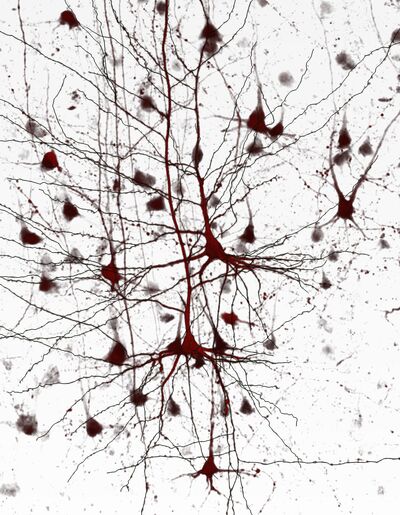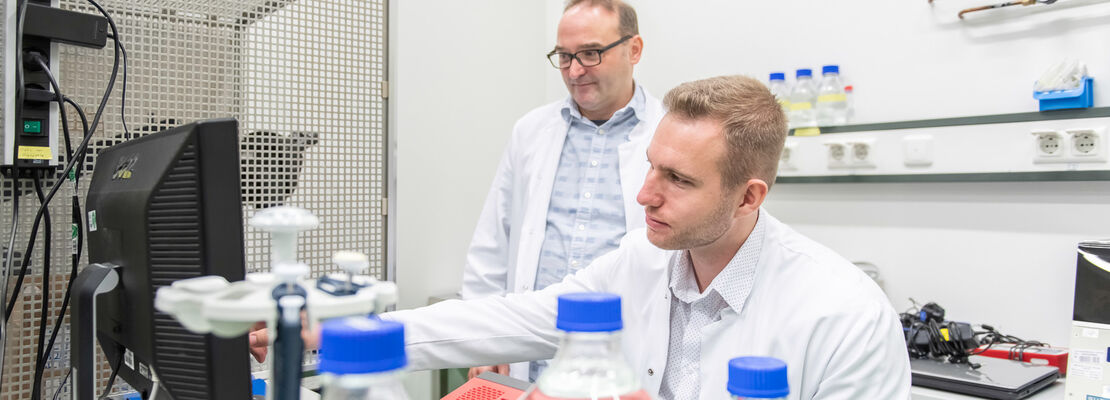Research projects and techniques
Aging and Neurodegeneration in a Human Brain Tissue Model
- Studying and manipulating the mature human brain at a cellular level has historically been challenging. Recent success involves long-term culturing of surgically resected human brain tissue while preserving its mature structure and neuronal activity.
- Recent research highlights the critical role of glia cells in neurodegenerative diseases.
- The project combines expertise in brain slice cultures and immunology to create a novel tool for exploring neurodegenerative disease dynamics and molecular mechanisms.
- This innovative system has the potential to bridge the gap between animal and human studies, serving as a primary tool for investigating neurodegenerative disease processes and testing new therapeutics.
- https://molecularneurodegeneration.biomedcentral.com/articles/10.1186/s13024-021-00471-2
- https://chanzuckerberg.com/science/programs-resources/neurodegeneration-challenge/projects/
- bridging-the-translational-gap-a-novel-adult-human-brain-tissue-system/
- Human organotypic brain slice cultures: a detailed and improved protocol for preparation and long-term maintenance - PubMed (nih.gov)
- Paper of the Quarter (PoQ) (3r-netzwerk.nrw)
Epilepsy and the respiratory control of breathing – Implication for SUDEP
- SUDEP is the leading epilepsy-related cause of death, affecting all ages and epilepsy severities. While ASMs control seizures for many patients, they don't cure epilepsy and can have severe side effects.
- Roughly 30% of ASM-resistant epilepsy patients face ongoing seizures and higher SUDEP risk, necessitating safer treatments.
- Targeting new molecular anti-seizure treatments may yield novel drugs and early diagnosis biomarkers.
- Cardiorespiratory dysfunction post-seizures may be SUDEP's common mechanism. Brainstem involvement due to epilepsy activity can cause SUDEP. Mouse models and advanced tech allow precise brain network investigations.
- A critical need persists for understanding epilepsy and SUDEP mechanisms. Mouse models and precise methods are vital for translating findings into preventive and therapeutic strategies.
- Promising therapies often fail to transition from preclinical models to human treatments.
- New therapy options are primarily developed and tested in non-human systems.
- Utilize human ex vivo brain systems to bridge the gap between preclinical and clinical research in epilepsy.
- Characterize and optimize viral vectors for gene therapy in human brain tissue, apply viral vector-mediated CRISPR techniques to model epilepsy causes in human samples, and use these insights to enhance promoter-driven gene therapy approaches for epilepsy. The ultimate goal is to improve treatment approaches for patients with epilepsy by gaining more accurate insights into disease mechanisms within a human context.
https://elifesciences.org/articles/48417
https://www.nature.com/articles/s41598-017-12527-9
https://www.biorxiv.org/content/10.1101/2023.10.10.561508v1

- Epilepsy involves synchronized depolarizations of neuron groups leading to seizures, with various causes. The electrophysiological and micro-anatomical aspects of seizures are poorly understood.
- To investigate epileptic discharges at a micro-network level we utilize innovative culturing methods for human brain slices and employ micro-electrode arrays (MEA) for spatio-temporal electrophysiological recordings.
- MEA recordings are instrumental in studying neuronal activity in human neocortical and hippocampal slices, providing insights into synchronized network activities. This approach aids in better understanding neuronal network dynamics and simulating physiological and disease-related brain processes.





